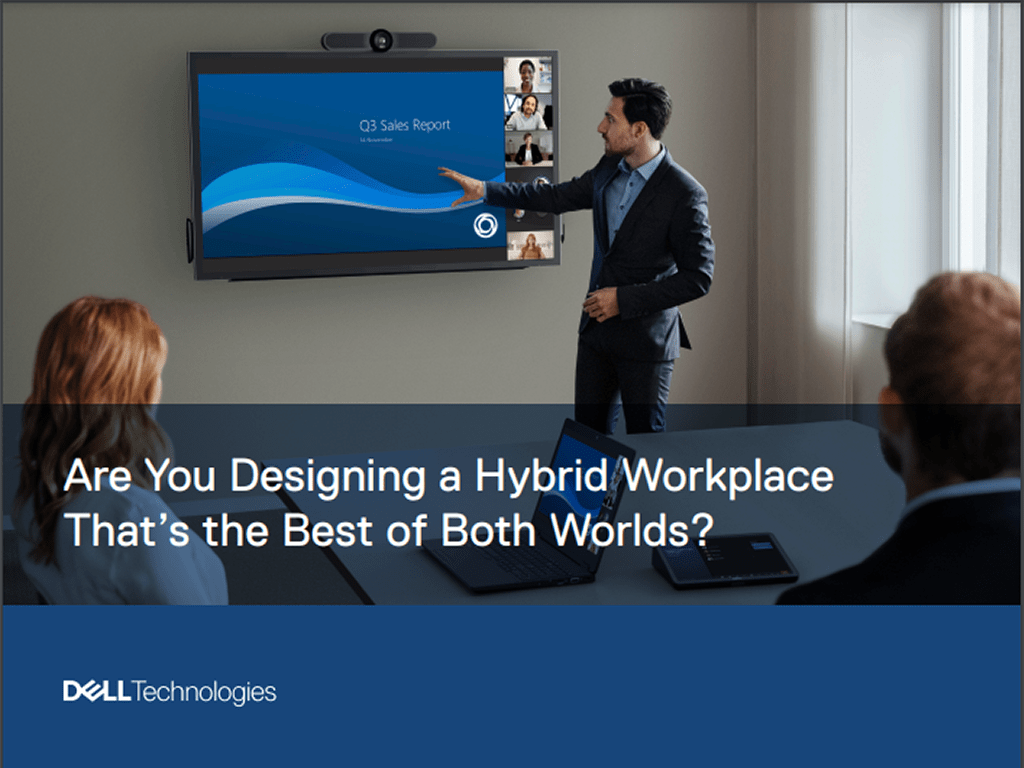The pace of digital transformation has never been faster, and nowhere is feeling the impact of that shift more than the workplace. For employees, work is no longer just about cubicles and commutes — now it’s Zoom calls, Dropbox folders, Google Sheets, and instant messages. The more work becomes a thing we do instead of a place we go, the more that employees, leaders and company departments alike need to reconsider the work experience they want to create.
By creating fluid, hybrid work experiences, organizations are able to empower employees to be equally productive in the office, at home, or anywhere in between.
If you want to design the best hybrid workplace possible, it’s essential to take the time to understand the changing needs of your organization and your employees so you can ensure your people remain at the center of work. Organizations that are still relatively new to offering hybrid work or are exploring the option for the first time must take the time to understand all the variables – including people, processes, and technology – in order to ensure success.
To better understand how other IT leaders are managing the transition to the hybrid workplace, Accenture and the Modern Computing Alliance surveyed more than 300 technology decision-makers to understand their goals, successes, and challenges.
Empowering the new pace of change
Digitization, automation, globalization, analytics, artificial intelligence, and a host of other trends from the past decade have all combined to alter the pace of change in today’s workplace so it’s not only constant, but continues to accelerate day by day.
To meet the demands of this rapidly changing landscape, IT leaders have focused on enabling a hybrid workplace that leverages cloud technologies, communication and collaboration platforms, remote monitoring tools, and productivity management applications – not to mention the devices and infrastructure required to power it all.
Thanks to these flexible technology solutions, organizations can enable a new era of work that is equally focused on the home office as it is the traditional workplace. The study revealed that 15% of companies plan to be completely remote moving forward,1 while technology decisionmakers expect an average of 30-40% of their workforce to be remote within the next few years.
As the ability to enable the hybrid workplace increases, so do expectations from employees and applicants. The more that the hybrid workplace becomes the norm instead of the exception, the more employees will demand a top hybrid workplace experience. A digital-first workplace that supports hybrid work gives you the ability to stand apart from digitally-immature competitors, not to mention drive innovation and productivity.
While the hybrid work is already a reality for some, for others it’s a work in progress. More than half of companies said that they are still looking to enable work from any device, while more than a third are still seeking to enable work from any location.
As a result, more than 70% of technology leaders are planning new investments in virtual collaboration tools and IT infrastructure.4 Meanwhile, roughly half of executives are investing in tools and apps that can enable the changing in-office work environment.
